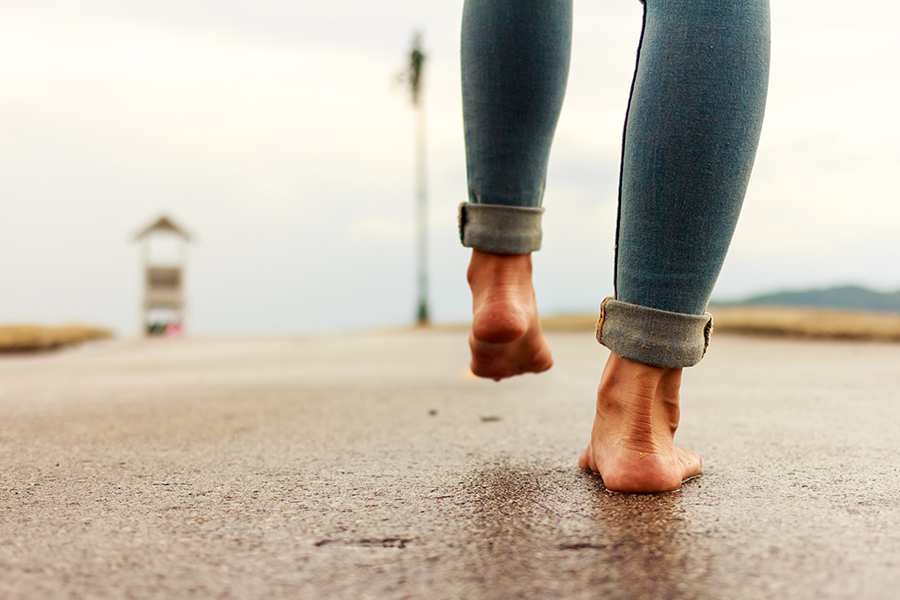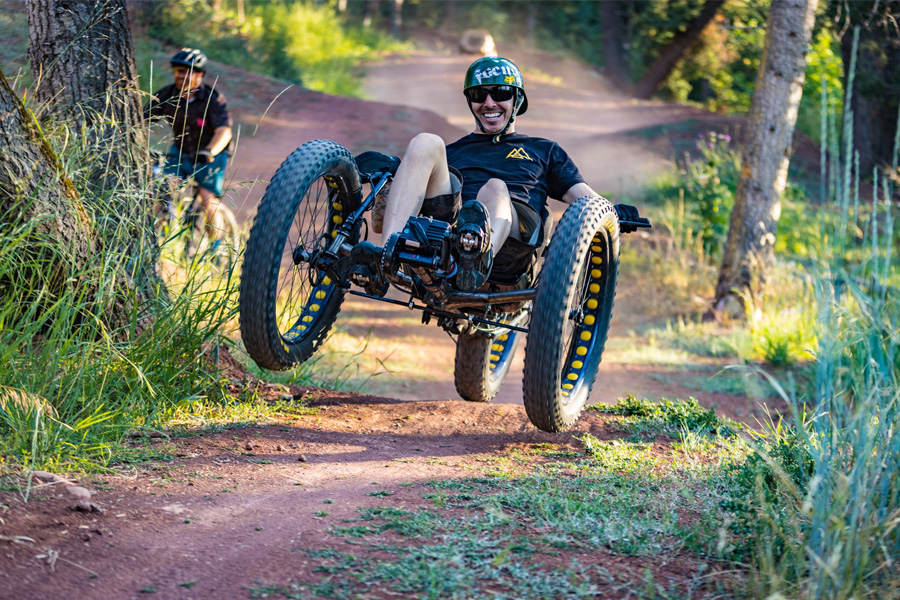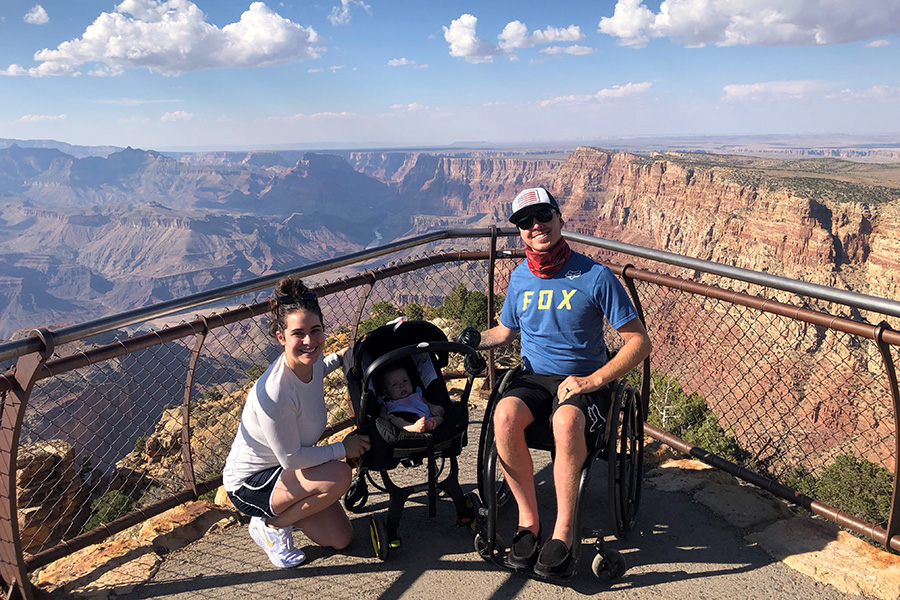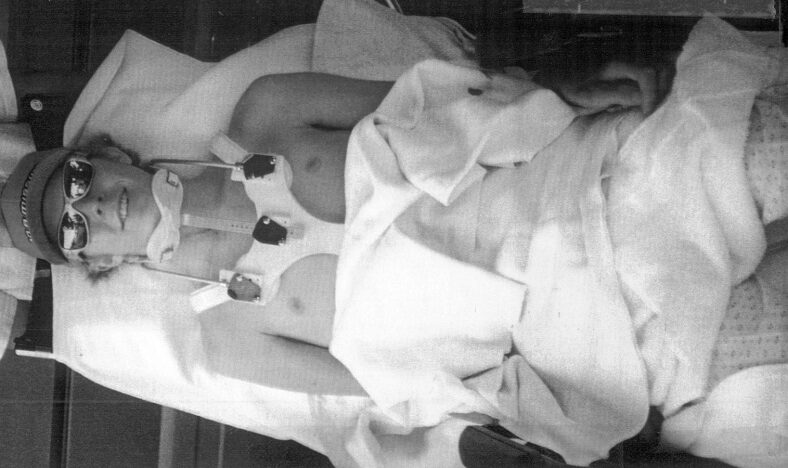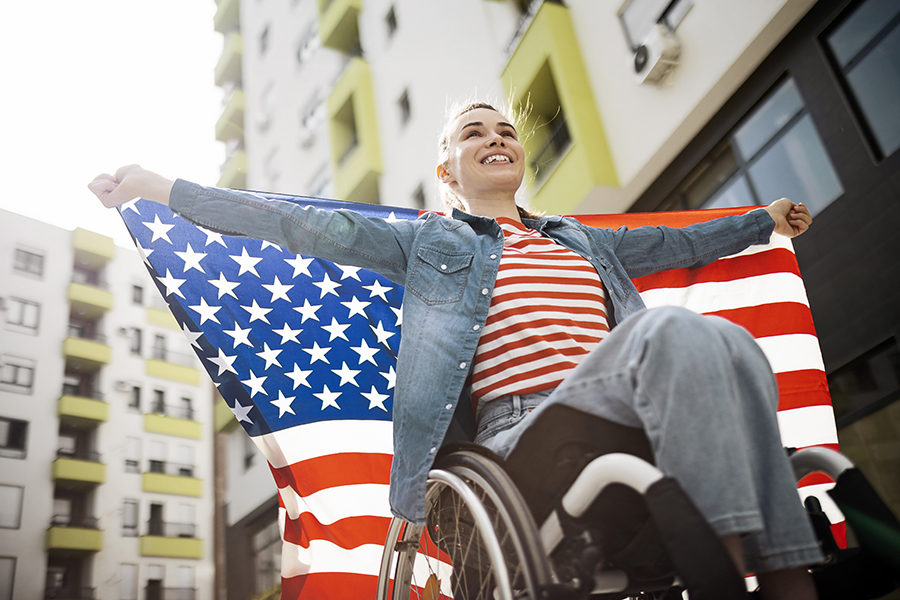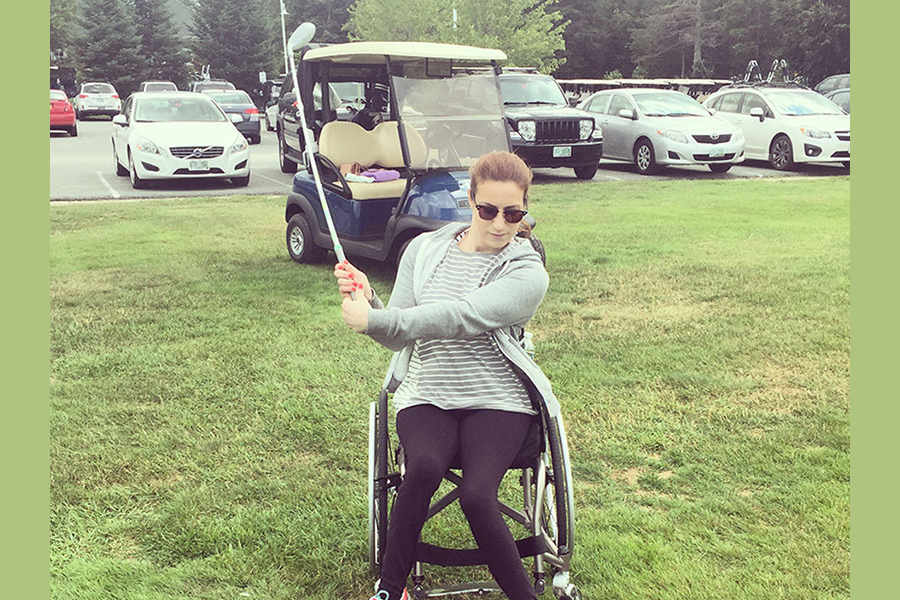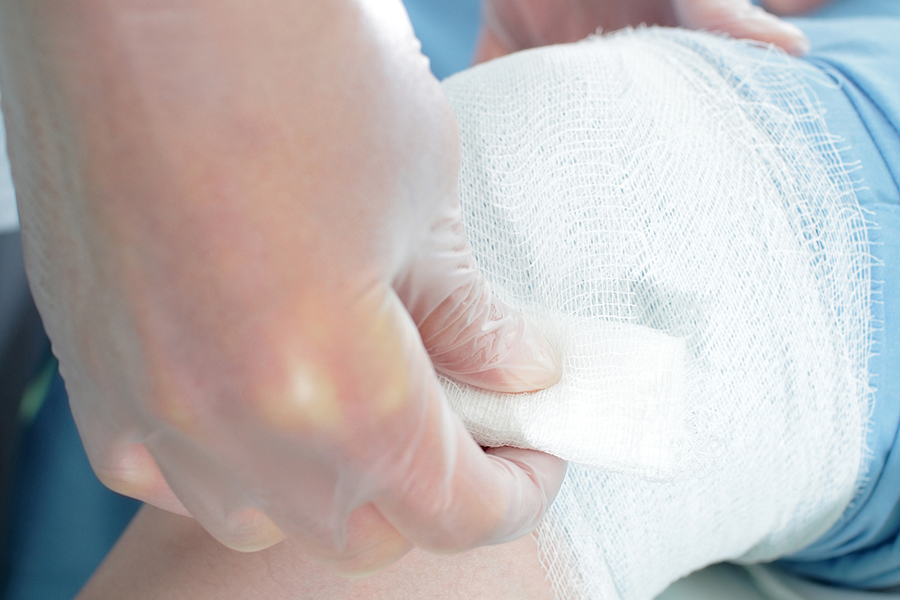Foot drop – also called drop foot – is a condition in which you struggle to raise the front part of the foot. People with foot drop might sometimes drag their toes when they walk due to weakness or paralysis of certain muscles of the foot. It isn’t a disease, nor is it “catchy.” Foot drop is a sign of an underlying neurological, muscular or anatomical issue, such as nerve injury or peripheral neuropathy. To help the foot clear the floor, a person with foot drop might lift their leg higher than usual when walking, as though climbing stairs.
Taking care of my feet has been a major focus of my rehabilitation and recovery over the past 25 years. It’s ironic that the body part the least used with my spinal cord injury could be the main source of all my attention. However, the cliche “if you don’t use it, you’ll lose it” rings true with my feet.
I previously wrote in a blog about finding the right bed: “Additionally, I prefer a bed frame with a head and footboard to combat foot drop. I wedge a pillow at the end of my bed to allow for my feet to be at a 90-degree angle while I sleep. I have also used what my wife terms as “moon boots”. The searchable name is contracture boots, however I have found them to be difficult to maneuver in and out of bed since they are very bulky. If your feet are needing stability, might I suggest using these while watching TV on the couch or chair.”
In this blog, I will point you in the direction of the things and tools I use currently that have made all the difference in preventing foot drop.
- Pillow – I have found that an extra firm, standard size pillow at my footboard drastically helps holds its shape and keep my foot at 90 degrees. This link takes you to my most recent pillow purchase. Target Extra Firm Pillow
- Contracture Boots – The DeRoyal contracture boots have been a constant for the past 25 years. It’s the only brand I have tried, and they have been good to me! I purchased a new pair from an online retailer as they are often hard to locate. The sizing chart provided seems to be off, so I went a size bigger and without a sole for comfort purposes. DeRoyal Contracture Boots
- Foot Supports – This is my most recent purchase for added support while sleeping. I have noticed that I cannot sleep with them for the whole night, but they are great when relaxing in bed watching a movie which is usually the length of time I can tolerate the intense dorsi-flex. Amazon Foot Supports
- Recovery Boots – These are the fun pair… not a need, but a want! It’s like a massage for your feet, ankles and legs. After a long workout, bike ride, or sitting in my wheelchair for far too many hours, these bring great relief accompanied by a much needed nap. Quinear Recovery Boots
*This post is not sponsored, nor do I receive compensation for sharing these links. These are my own thoughts and experiences with the products suggested.
If you are experiencing foot drop and are not able to access this equipment, it is important to share this with your doctor so that you are prescribed physical therapy. Additionally, at home stretches can be found on YouTube and simple hand massage will promote blood flow and relief to the area.
Changing the shoes you wear regularly can help prevent sores and compensation, and wearing an Ankle-Foot Orthotic (AFO) will keep your foot in a normal position.
Taking care of the areas that are often neglected living with a spinal cord injury are sometimes the most important to pay attention to.
Best In Health,
Aaron Baker






